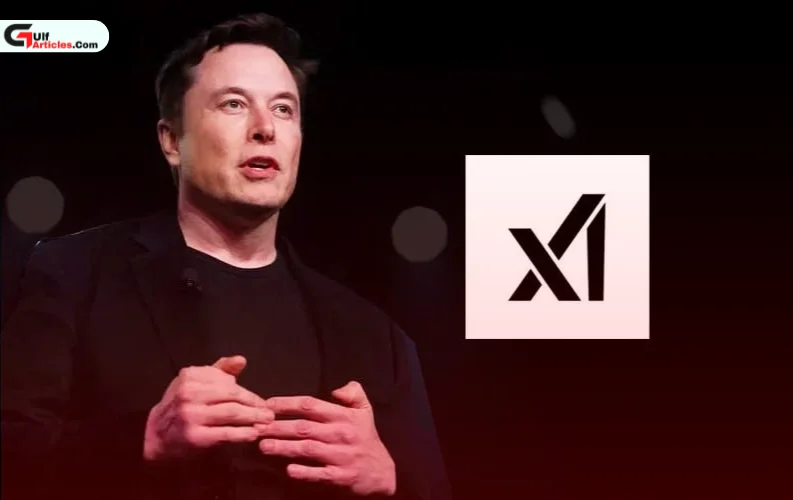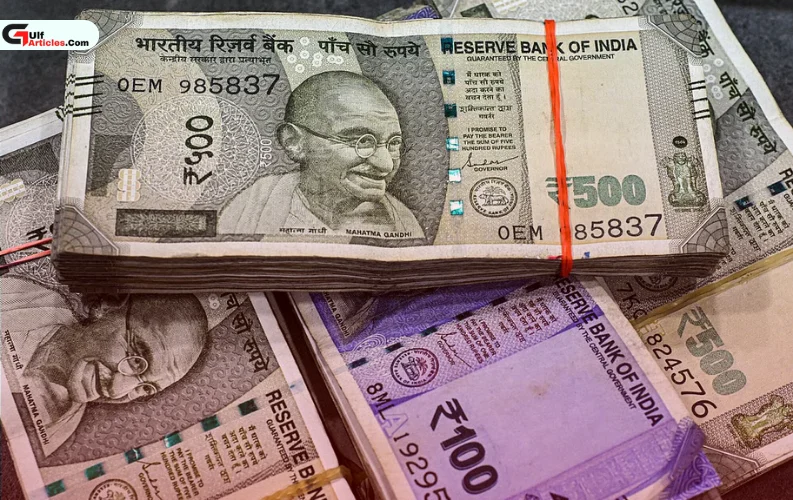DUBAI – After decades of dominance over global payments, Visa and Mastercard are facing an unprecedented threat, not from rival banks or fintech startups, but from stablecoins, the fast-rising digital currencies reshaping how the world transacts.
With global stablecoin usage soaring, what was once a niche crypto solution is now entering the mainstream of international payrolls, B2B payments, and cross-border trade. Stablecoins, cryptocurrencies pegged to fiat currencies like the U.S. dollar, are increasingly being embraced by retailers, businesses, and even governments for their lower fees, faster settlements, and inflation-resilient architecture.
In 2024 alone, stablecoin transfers surpassed $27.6 trillion, eclipsing the combined volume of both Visa and Mastercard by over 7.6%, according to Coinbase. April 2025 saw monthly volumes exceed $717 billion, reflecting strong momentum.
A $2 Trillion Market in Sight
U.S. Treasury Secretary Scott Bessent forecasts that the stablecoin market could swell to $2 trillion within the next two years, up from its current valuation of $253 billion. Analysts at Citi believe this figure could stretch to $3.7 trillion under optimal conditions.
This shift threatens the very rails Visa and Mastercard were built on. Their “swipe fees”, a multibillion-dollar pain point for merchants, make stablecoins an appealing alternative. Already, 81% of crypto-aware small businesses say they view stablecoins as a solution to slow and costly payments.
How the Card Giants Are Fighting Back
Refusing to be sidelined, Visa and Mastercard are actively integrating stablecoin solutions into their networks:
-
Visa is piloting direct stablecoin settlements and enabling banks to issue tokenized digital currencies.
-
Mastercard has partnered with Paxos to roll out a fiat-backed stablecoin, USDG, and is developing new “multi-rail” infrastructure to accommodate both blockchain and traditional finance.
Both companies are leaning into their core strengths, fraud protection, global reach, and institutional trust, to counter emerging blockchain-native platforms. Their efforts also hinge on tokenization, which ensures secure data flows across hybrid payment ecosystems.
Corporate Interest Is Skyrocketing
Stablecoins are no longer the domain of crypto enthusiasts. Among Fortune 500 firms, adoption of on-chain finance has nearly tripled year-on-year. Nine out of ten executives say clear regulations will be critical to scaling further adoption.
Stablecoin growth has become strategic, not speculative. Their rapid rise signals a new financial frontier, one where decentralized, transparent, and programmable money challenges the legacy systems long governed by card giants.
What’s Next
Visa and Mastercard’s future may depend on how quickly they can adapt. In a landscape evolving at crypto speed, stablecoins are not merely alternatives, they may soon become the standard.
The global financial system is undergoing a quiet revolution. And while Visa and Mastercard remain titans, the race to lead the future of payments is now firmly underway.





















